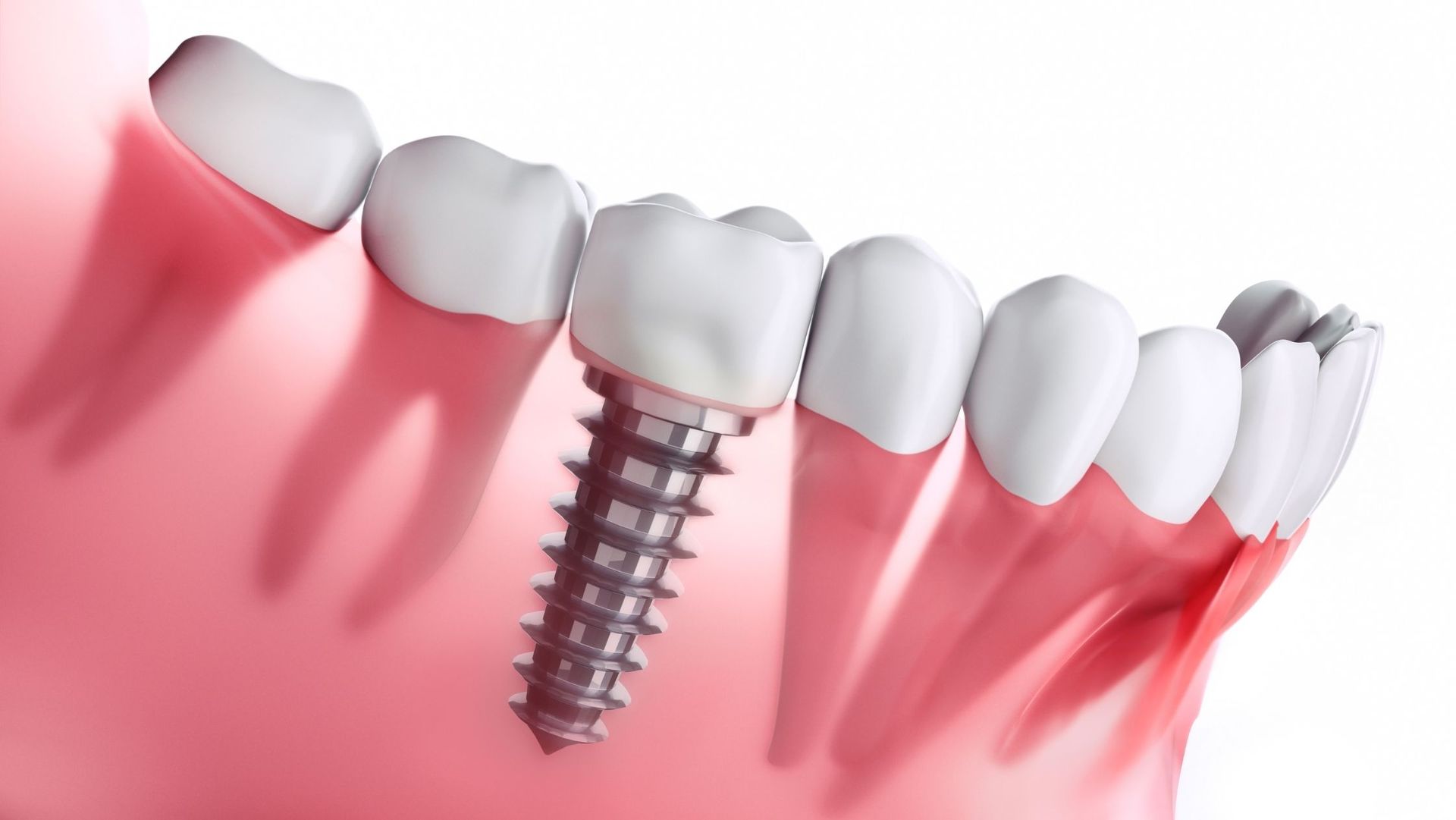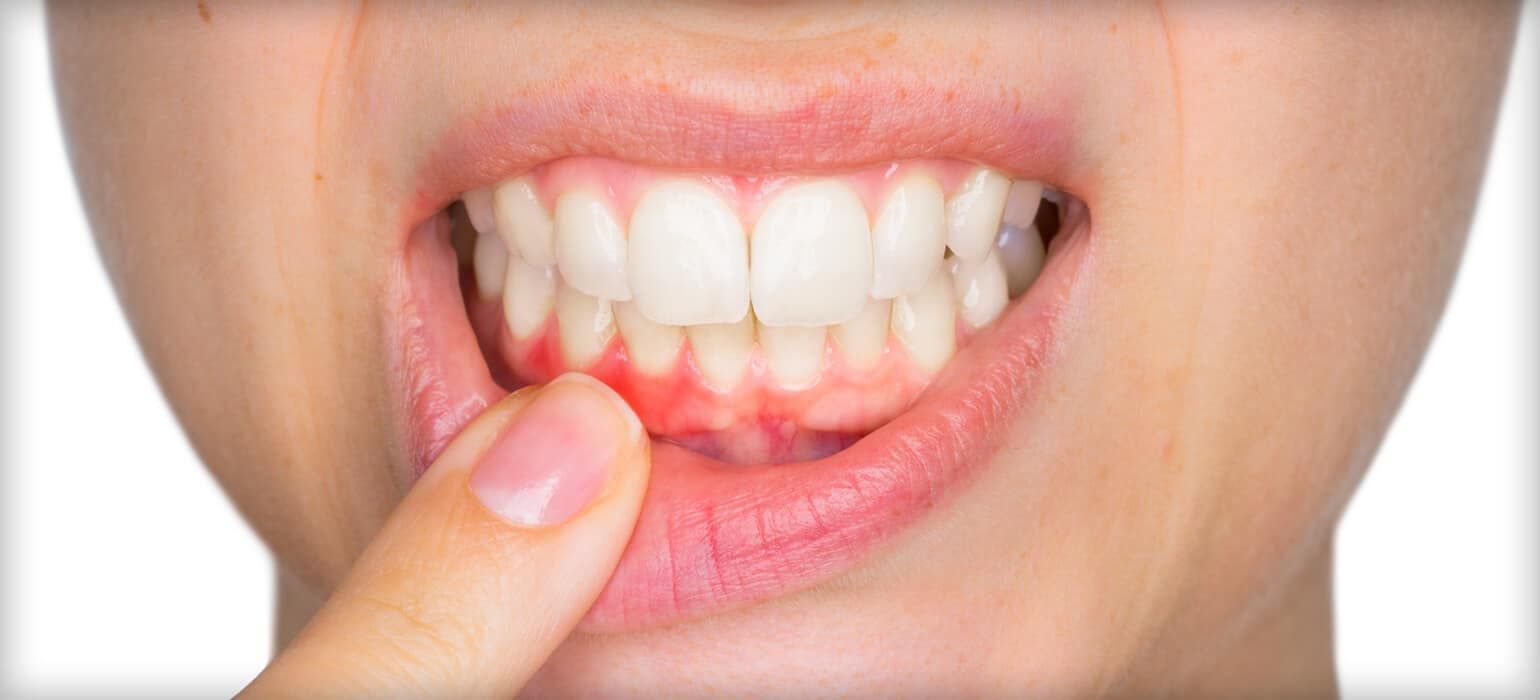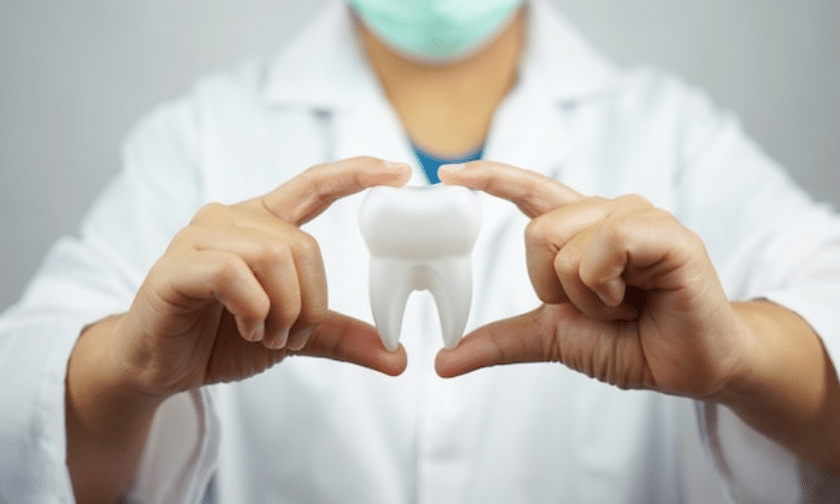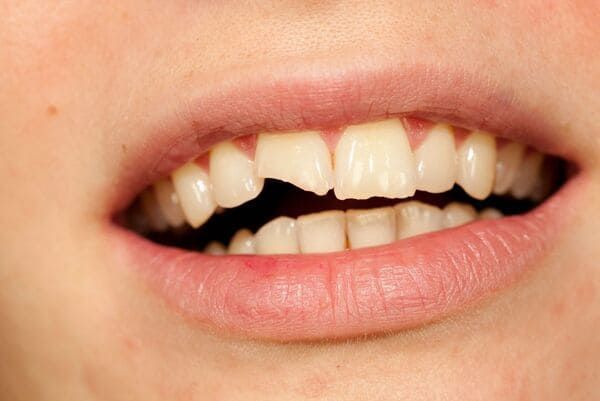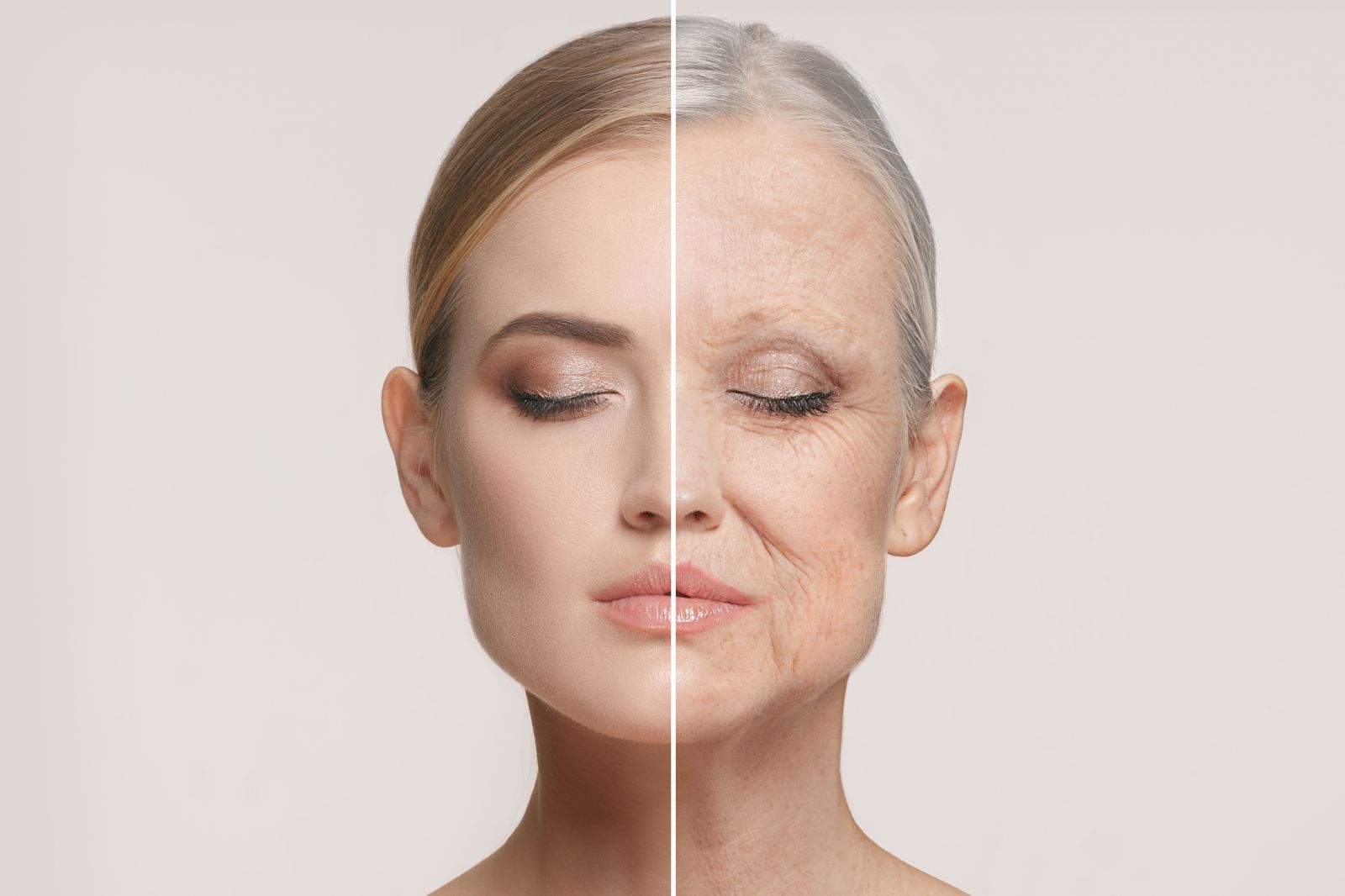When bacteria in the mouth are not properly cleaned away, it will eat away at the surfaces of the teeth. Bacteria can eat away at all surfaces of the teeth, and depending on how the bacteria eats away at the tooth, a dental crown or dental filling can be used to restore the tooth to its natural state. Both are effective at tooth restoration, however, whether or not they will be used for your tooth will highly depend on a few factors.
When A Filling Is Best
The most common scenario a filling is implemented in is when a tooth has sustained a minor amount of damage due to bacterial decay anywhere on the tooth's surface. Filling material consists of a wide variety of materials, including amalgam, composite, metal, alloy, ceramic, and glass ionomer. Each material can be used in certain circumstances or preferences. Before a cavity is filled, the tooth is cleaned to make sure there are no bacteria sealed next to the tooth. Afterwards, the material will either be hardened by a special ultraviolet light or left to cure on its own.
What About Dental Crowns?
Crowns are used on teeth which have sustained far greater damage than a filling can fix. Crowns are typically used to restructure the tooth by creating a new biting surface. They are commonly used after a root canal procedure to protect the tooth. The way crowns are installed is relatively simple. First, the tooth is cleaned and then shaven down to create a surface the crown can adhere to. Once the tooth is shaven, we take a mold of the tooth and send the mold to a lab. Once the crown has been made, we install it using dental cement.
Depending on your particular situation, a filling may be a better option than a crown. If you think you are a good candidate for receiving a filling, call us at our office. We will be able to make an appointment for you and go over your options.

